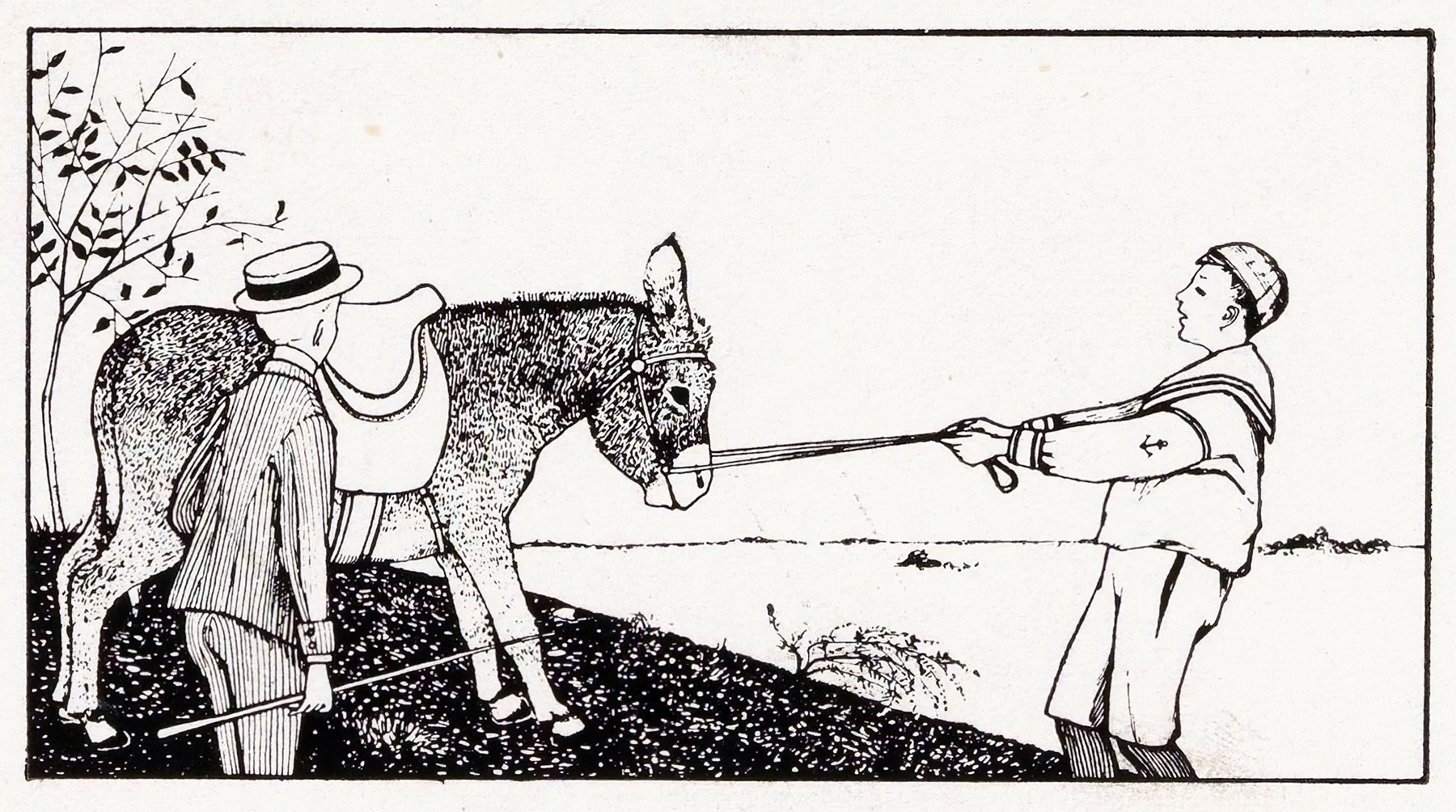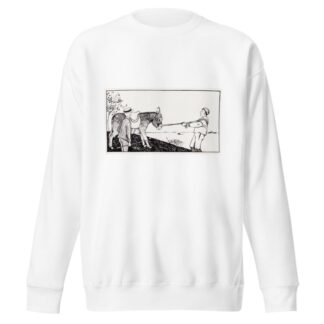Description
Twee jongens en een ezel by Julie de Graag printed on a T-Shirt
About the T-Shirt
Regular fit
Standard length, the fabric easily gives into movement
Casual wear
A classic, everyday option loved by our customers
Side-seamed
Constructed by sewing two parts together, creating a fitted look
The Unisex Staple T-Shirt feels soft and light with just the right amount of stretch. It’s comfortable and flattering for all. We can’t compliment this shirt enough–it’s one of our crowd favorites, and it’s sure to be your next favorite too!
- Solid colors are 100% Airlume combed and ring-spun cotton
- Ash color is 99% combed and ring-spun cotton, 1% polyester
- Heather colors are 52% combed and ring-spun cotton, 48% polyester
- Athletic and Black Heather are 90% combed and ring-spun cotton, 10% polyester
- Heather Prism colors are 99% combed and ring-spun cotton, 1% polyester
- Fabric weight: 4.2 oz./yd.² (142 g/m²)
- Pre-shrunk fabric
- 30 singles
- Side-seamed construction
- Tear-away label
- Shoulder-to-shoulder taping
- Blank product sourced from Nicaragua, Mexico, Honduras, or the US
Julie de Graag (1877–1924)
Anna Julia ‘Julie’ de Graag was a Dutch painter and graphic artist at the turn of the 19th century.
Julie de Graag was born in Gorinchem, but followed her parents to The Hague. She went to study at the Royal Academy of Art in 1890 and was educated by JJ Aarts and the Hague art critic HP Bremmer, whose protégé she would become.
In 1904 she moved to Laren in North Holland, where she began to adopt a more stylized style under the influence of the sculptor Joseph Mendes da Costa and the painter Bart van der Leck . Her home burned down completely on New Year’s Eve 1908, and she lost most of her work.
In addition to her work as an artist, she gave drawing lessons for a few hours a week at a girls’ school in Utrecht. Her health was constantly fragile and she therefore often stayed with her parents in The Hague. In the early 1920s she deteriorated both physically and mentally and had to stop teaching. This was reflected in the themes of her work, which became increasingly morbid.
Julie de Graag committed suicide at the age of 46.






Reviews
There are no reviews yet.